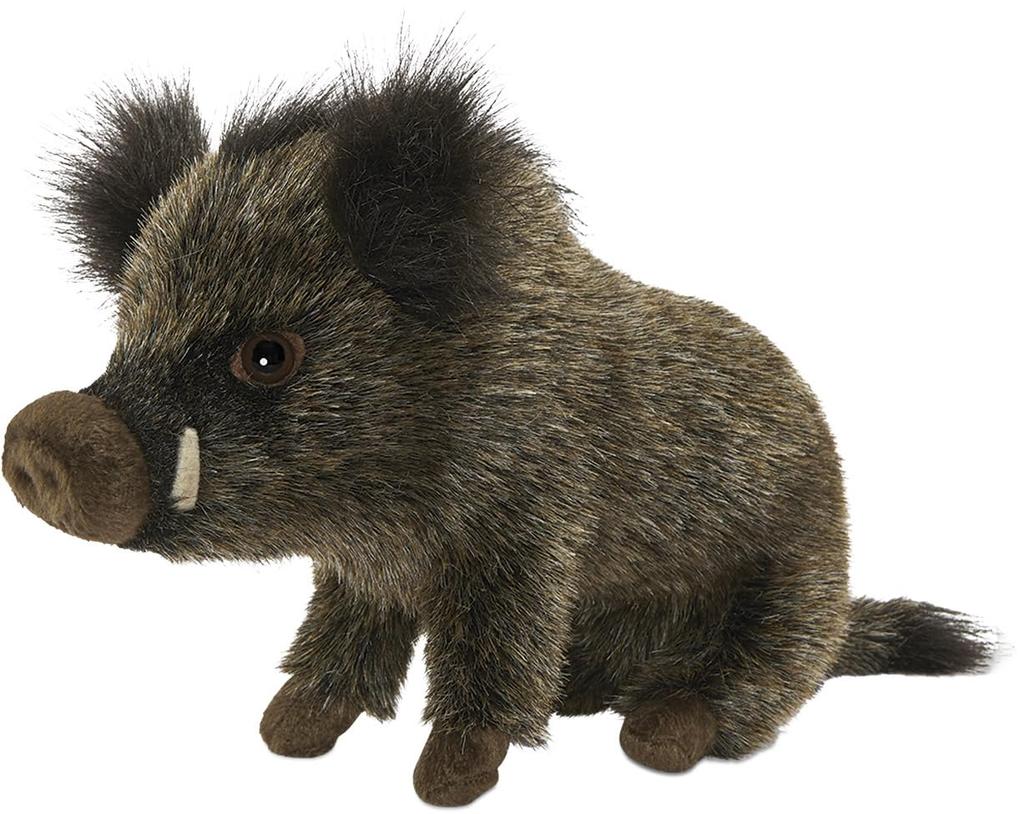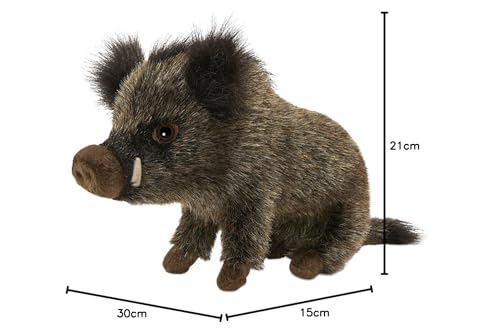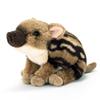Product Introduction
As a Decorative Item or Collectible
HANSA toys are beloved by children and adults alike for their realistic expressions, adorable design, and decorative appeal. We're also gradually expanding our range of practical, realistic plush stools, cushions, rugs, and other items that are easy to incorporate into your home decor.
Welcome these animal friends into your home collection, decor, or even your relaxing office space.
How to Use
Interior
Safety Warning
Keep away from open flames as they may cause deformation, deterioration, or fire. Small parts are used inside and on the surface. Do not give to children under 6 years of age to prevent accidental ingestion. Please be aware of the possibility of color fading or transfer due to friction.
Realistic Plush Animals
Animal: Wild Boar
About HANSA: Founded in Australia in 1972, HANSA has researched a wide variety of creatures, primarily those living on Earth, to create plush toys that are meticulously recreated. All HANSA products are manufactured in our own 12,000-square-meter factory in the Philippines, without the use of subcontractors, to ensure they meet the required quality standards. We partner with museums, environmental conservation organizations, and educational institutions to promote the importance of protecting the world's animals and the environment.
What kind of stuffed animals are HANSA? Our products are crafted using advanced technology to recreate animals that live all over the world, from familiar pets and familiar zoo animals to endemic species, ancient dinosaurs, extinct species, and fantasy creatures. From palm-sized animals to life-size plush toys like a 4.8m giraffe, we recreate them all. We have contracts with international testing agencies and issue inspection certificates for each product.
Why realistic stuffed animals? HANSA's reason for continuing to create realistic stuffed animals stems from our commitment to environmental conservation, which involves helping the next generation understand not only the appearance and ecology of animals distributed around the world, but also the impact of human activities such as deforestation and environmental pollution, which are destroying their habitats.
























